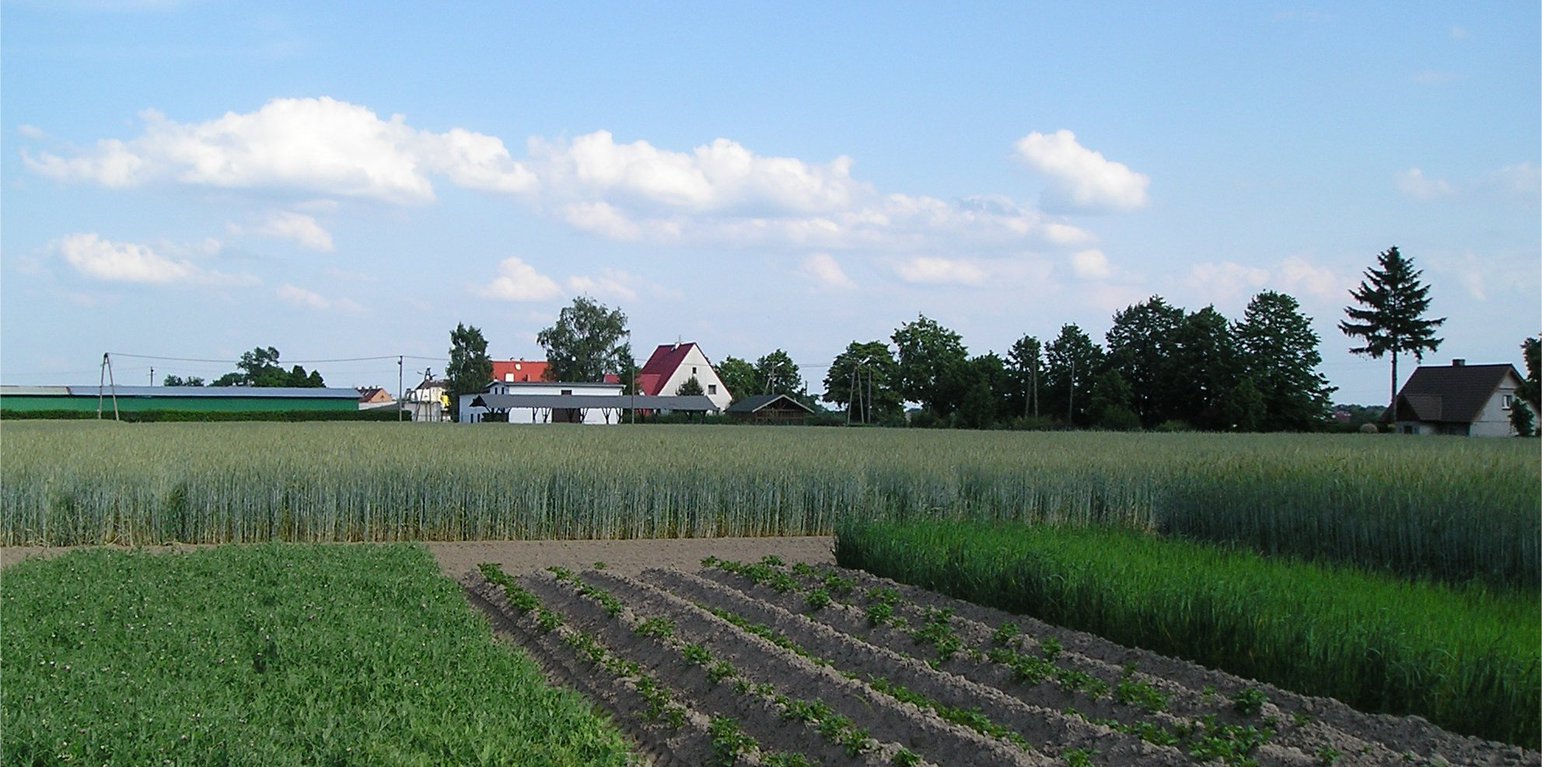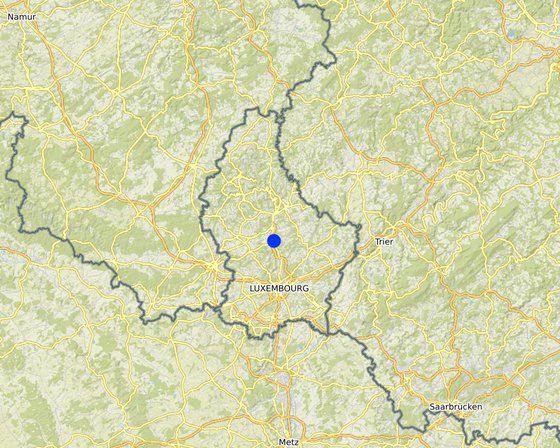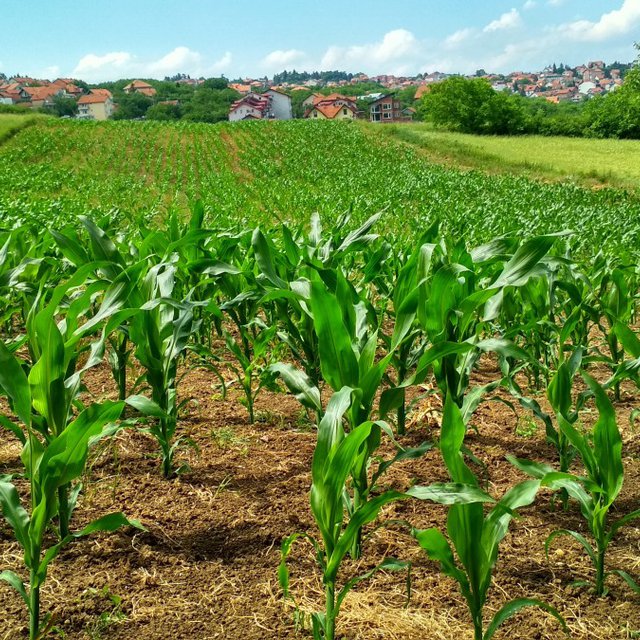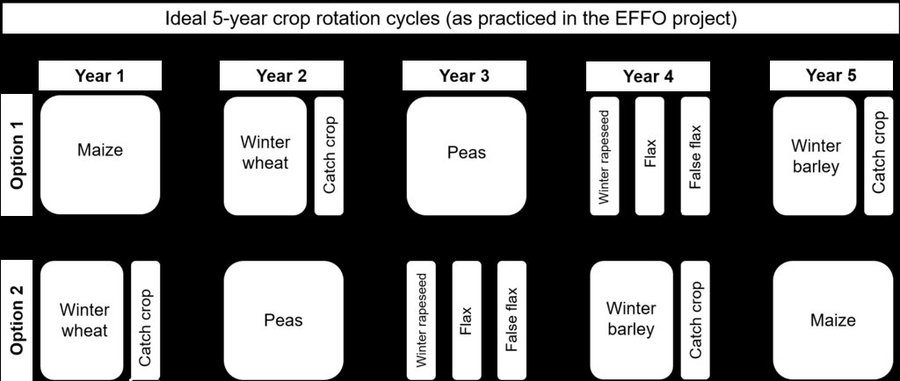



The Common Agricultural Policy (CAP) agri-environment-climate measure aims to increase diversification of arable crops to overcome negative impacts of monocultures. The technology described here focuses on the benefit of the rotation programme focusing on 5-year rotation cycles (although CAP aid is only paid with at least 5 different crops planted in any given year). The program applies to all arable crops on the farm, with the exception of permanent or temporary meadows and pastures.
The allocation of the CAP aid is subject to compliance with the following conditions:
At least five different arable crops must be grown during a crop year (as part of the crop rotation programme)
The minimum area per crop shall not be less than 10 per cent of the total area of arable crops on the farm
The share of maize cannot exceed 30 percent
The same crop cannot be grown more than twice on the same field during the commitment period (5 years)
The conversion of permanent pastures and pasture to arable land is forbidden on the whole farm area
The annual aid per hectare is:
- 100€ if total surface of arable land on the farm is less than 50 hectares
- 75€ if total surface of arable land on the farm is between 50 and 100 hectares
- 60€ if total surface of arable land on the farm is above 100 hectares.
Utilised agricultural area (UAA) in Luxembourg is composed to >50% of permanent grassland (due to pedologic and topographic reasons); more than 70% of UAA is used for fodder production. The fodder is used in cattle production (mainly dairy cows). In the past years the arable production concentrated very much on maize (=>easy and reliable fodder plant) and winter wheat (=> good economic results). On many farms, the rotation degrades to a 2 years rotation: maize – wheat, maize – wheat, … with negative impacts on the soil, problematic weeds, high inputs (fertilisers, pesticides, …). The aim of the CAP agri-environment-climate measure: Rotation program was to reverse this tendency and to give incentives to bring farmers back to longer rotations (at least 5 years). On a short perspective these are less profitable (and have to be financially compensated) but on a long-term view they have many ecological (and economic) benefits. The EFFO-Project (Effizienz durch Fortbildung = Efficiency by Edification) is a demonstration project, run on three pilot farms showing the advantages and practicability of longer rotations and helping thus to implement these in practice.
Benefits of the CAP rotation program:
- reduced land degradation and increased soil health by reduction of soil erosion
- conservation of ecosystems
- protection of water courses and therewith increasing water availability and quality
- increased (bio)diversity by increasing plant and associated fauna diversity
- reduced disaster risks (rainstorms, heatwaves, droughts) due to higher plant diversity and thus increased resilience
- increased crop and fodder quality
Strengths of the technology according to the users:
- higher resilience of the cropping system
- advantage of receiving CAP payments
- positive impact on soil structure and (bio) diversity
- positive impact on (drinking) water quantity and quality
Disadvantages of the technology:
- increased administrative burden
- increased planning of crop rotations needed (more complicated to organise)
The compilation of this SLM is a part of the European Interreg project FABulous Farmers which aims to reduce the reliance on external inputs by encouraging the use of methods and interventions that increase the farm’s Functional AgroBiodiversity (FAB). Visit www.fabulousfarmers.eu and www.nweurope.eu/Fabulous-Farmers for more information.

Местоположение: Arable land, Entire country, Люксембург
Число исследованных участков, где применяется Технология: 100-1000 участков
Пространственное распространение Технологии: равномерно-однородное применение на определенной площади (70060000.0 km²)
На постоянно охраняемой территории?: Нет
Продолжительность применения Технологии: 2014; менее 10 лет назад (недавняя)
Тип внедрения/ применения






| Опишите затраты | Единица | Количество | Затраты на единицу (€) | Общая стоимость на единицу (€) | % затрат, оплаченных землепользователями |
| Оплата труда | |||||
| laber total | 1,0 | 69,0 | 69,0 | ||
| Посадочный материал | |||||
| seeds | 1,0 | 130,0 | 130,0 | 100,0 | |
| Удобрения и ядохимикаты | |||||
| Fertilizer | 1,0 | 164,0 | 164,0 | ||
| Herbizide | 1,0 | 145,0 | 145,0 | ||
| Другие | |||||
| additional | 1,0 | 37,0 | 37,0 | ||
| Общая стоимость запуска Технологии | 545.0 | ||||
| Общие затраты на создание Технологии в долларах США | 598.9 | ||||
also through CAP subsidies
also through CAP subsidies